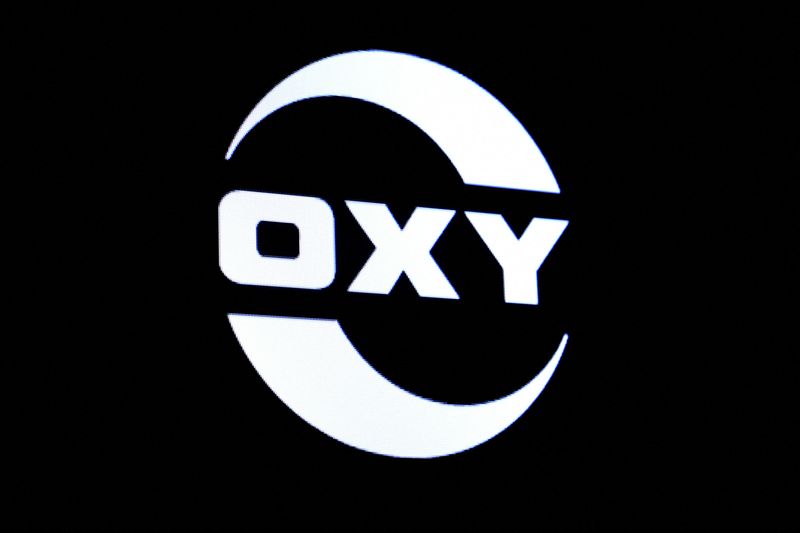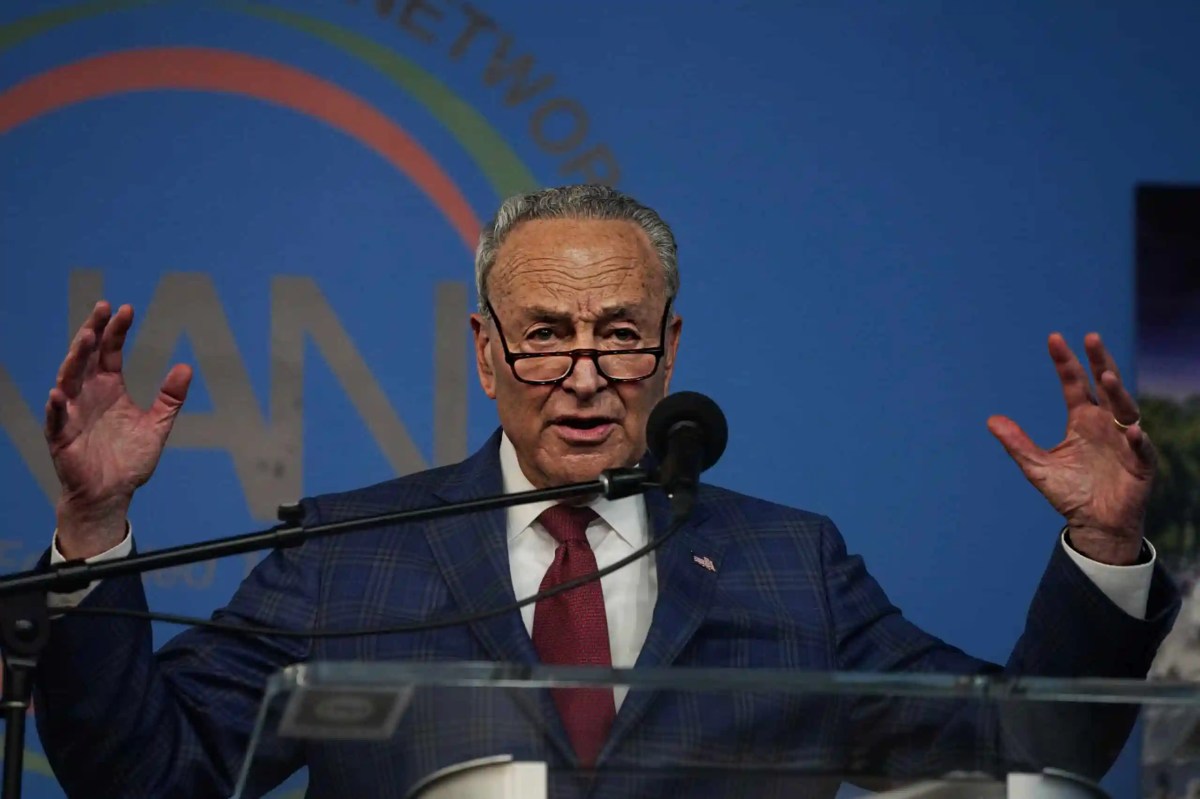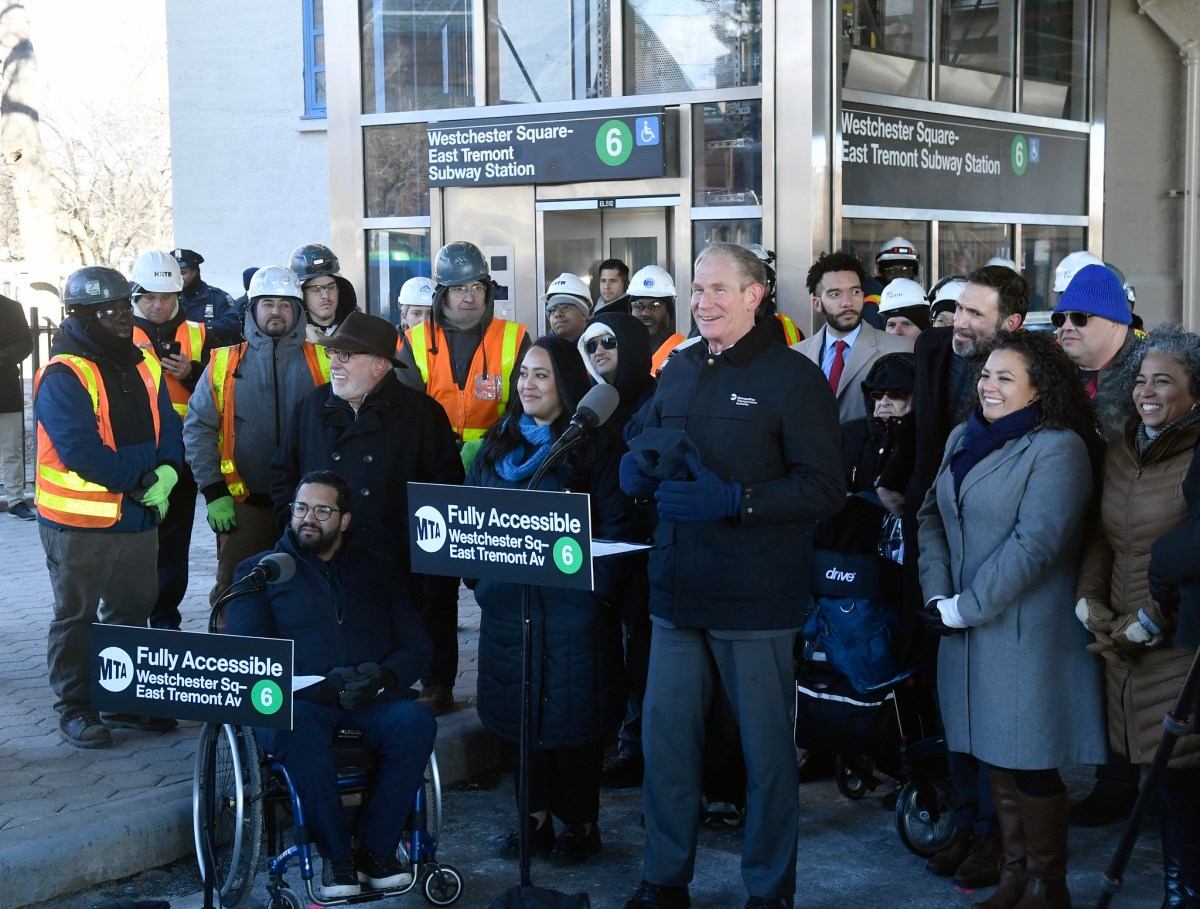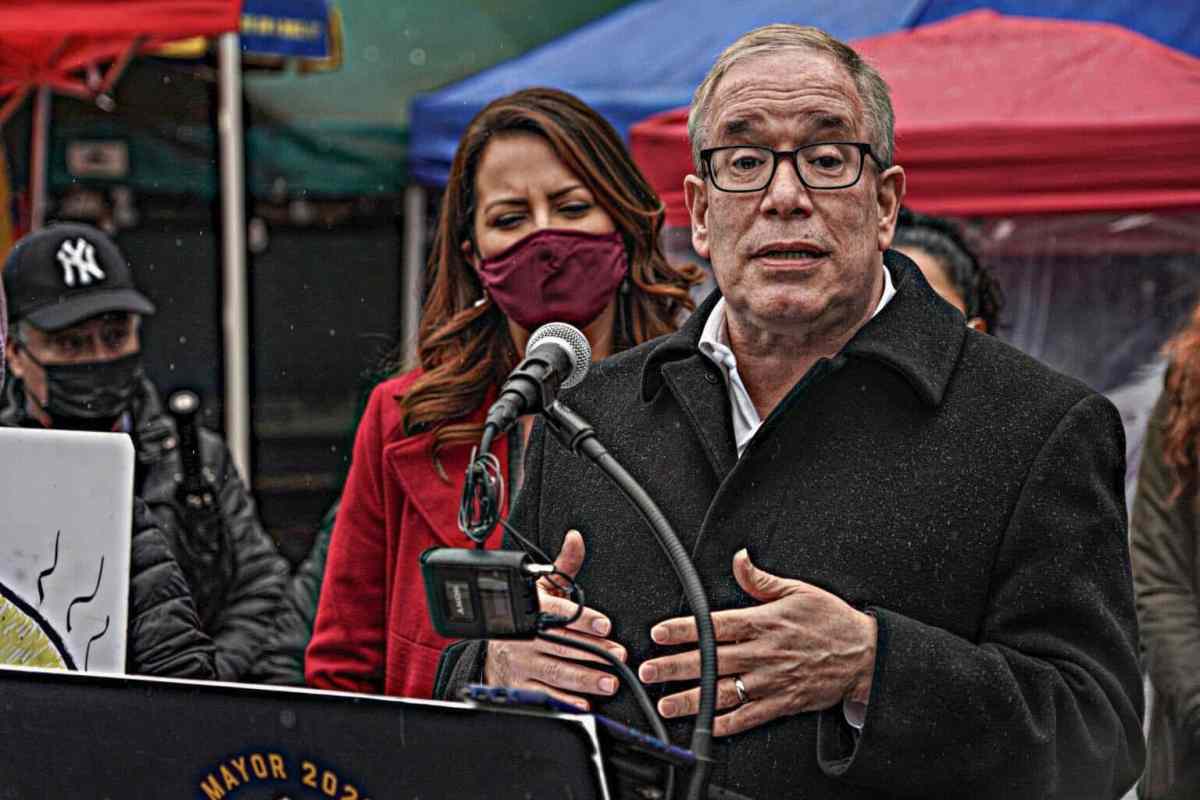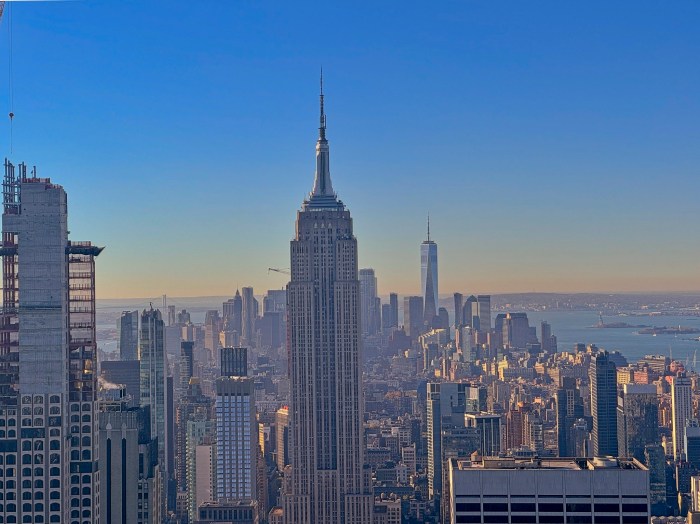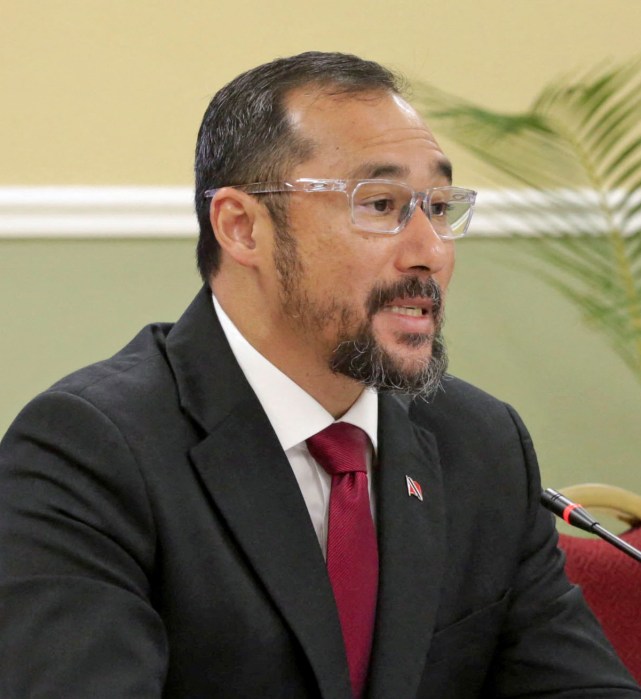HOUSTON (Reuters) -Occidental Petroleum on Wednesday outlined plans to advance its clean energy transition business, including spending between $800 million and $1 billion on a facility to remove carbon dioxide (CO2) from the air.
The proposed facility, the world’s largest direct air capture (DAC) project, is set to begin construction in the second half of this year in the Permian basin, the largest U.S. oilfield, with a start in 2024.
The U.S. oil and gas producer is aiming to build a profitable business from providing services and technologies that pull CO2 out of the air and burying it underground to advance government and business climate mitigation goals.
Airplane-maker Airbus this month disclosed a long-term contract to buy carbon credits from the plant to offset its emissions.
The effort “can also be another value-adding business,” Occidental Chief Executive Vicki Hollub said in a presentation to investors.
The business could prove more valuable to investors than its chemical operations, which earned more than $1.5 billion in 2021, she said.
This year’s investments in the low carbon business will total $275 million, and the company plans to develop over time three carbon sequestration hubs that will be online by 2025 and another 69 smaller DAC facilities by 2035, it told investors.
Occidental shares were up less than 1% at $60.03 in midday trading. Its shares have nearly doubled this year driven by rising oil prices, continuing debt reductions, and a revived share buyback program.
Occidental’s first DAC facility has a goal of removing 1 million tonnes of CO2 from the atmosphere per year – 100 times bigger than all 19 DAC plants currently operating worldwide combined, according to the International Energy Agency.
“There’s just not going to be enough other alternatives for CO2 offsets,” Hollub said. “So this is a sure opportunity.”
Executives did not say when they expect the business to turn a profit. DAC is currently not commercial on a large scale.
“We expect that to play out over the next five to 10 years as we develop plants,” Richard Jackson, Occidental’s head of U.S. onshore resources and carbon management operations, told Reuters by phone. “The commerciality of those plants will be determined by mainly the market”.
Warren Buffett’s Berkshire Hathaway Inc is Occidental’s largest shareholder, with a 14.6% stake that could grow to 23.6% if the billionaire decides to exercise warrants to buy more shares.
Berkshire also owns $10 billion of Occidental preferred stock.
(Reporting by Sabrina Valle; additional reporting by Jonathan StempelEditing by Marguerita Choy)

